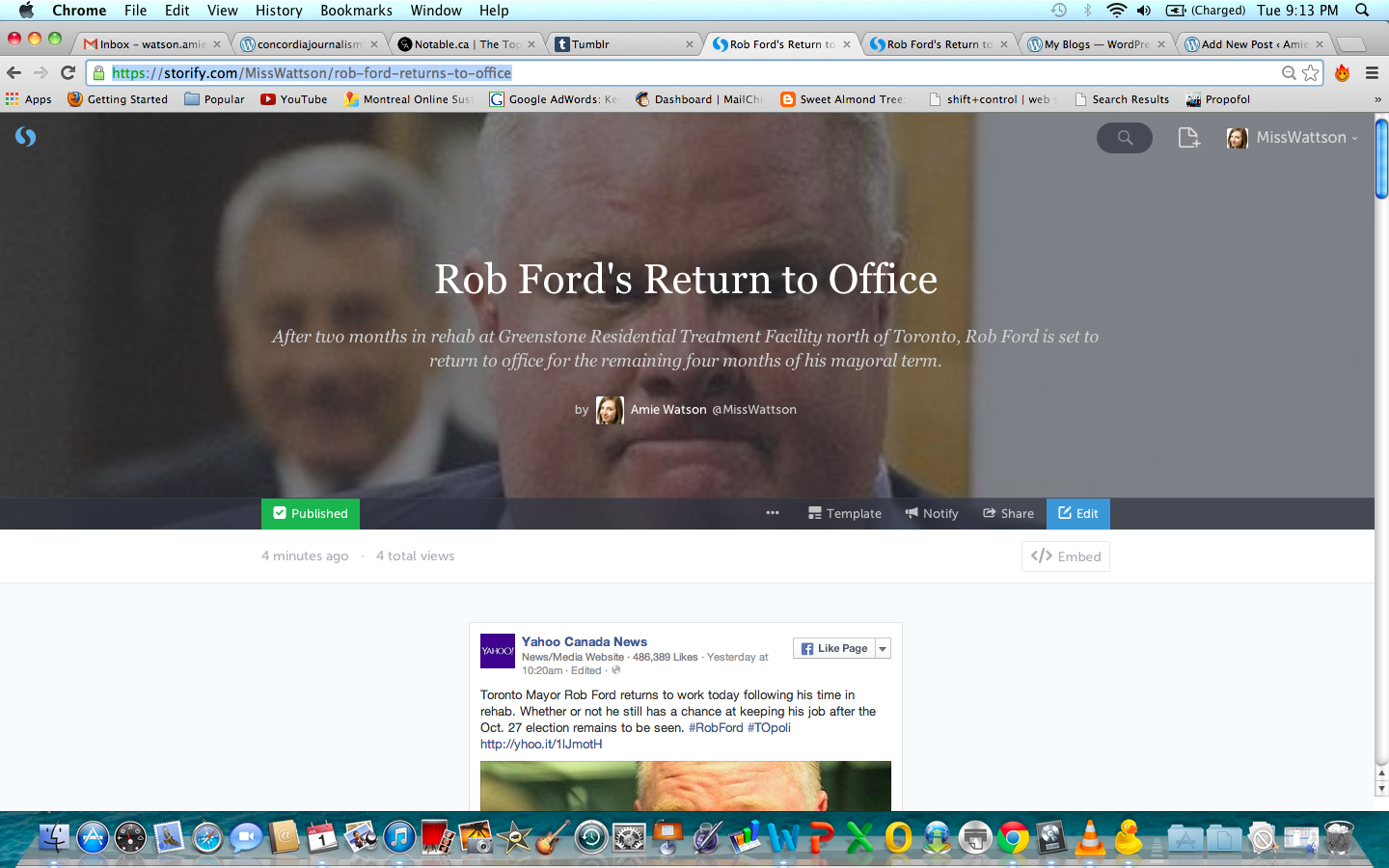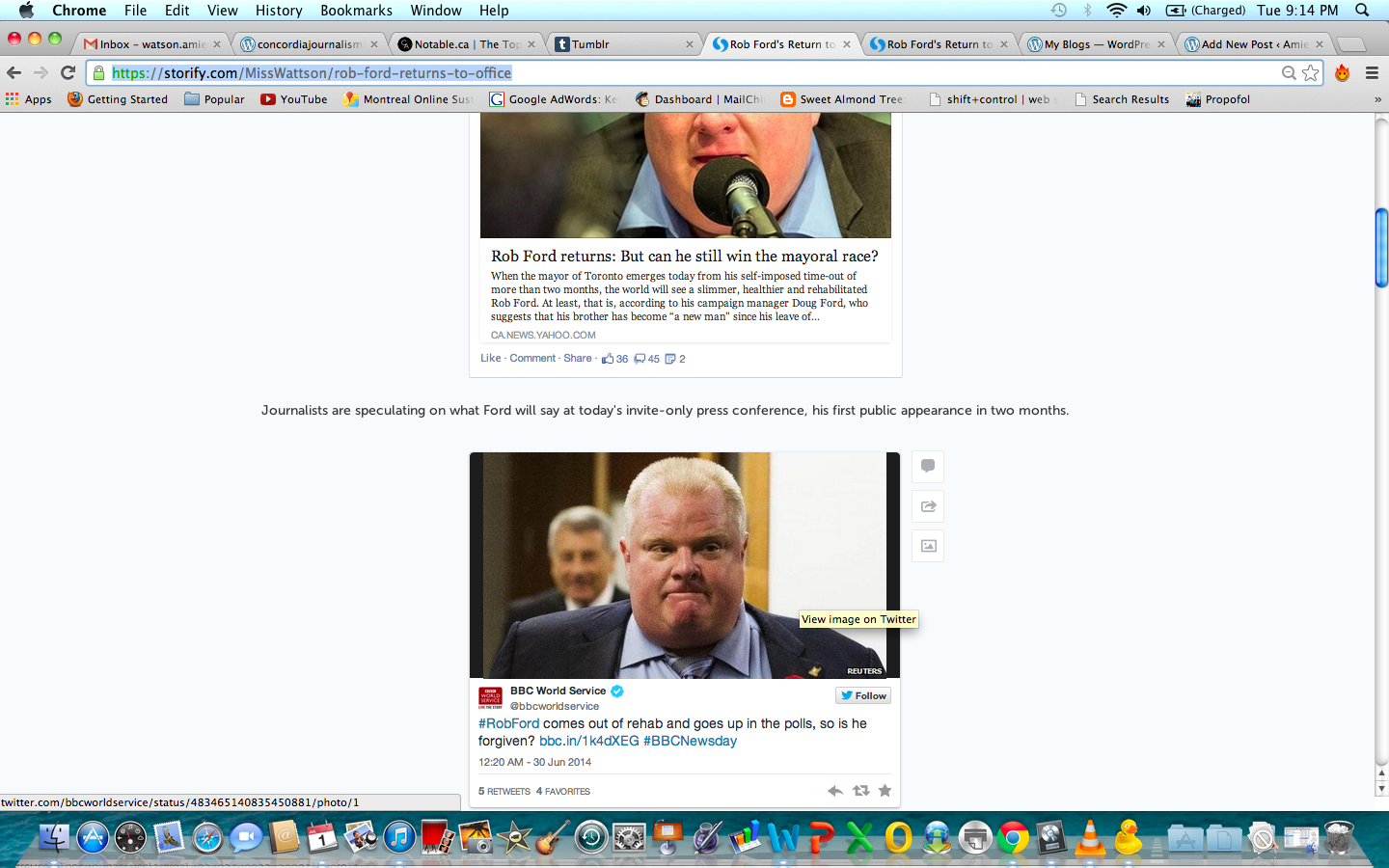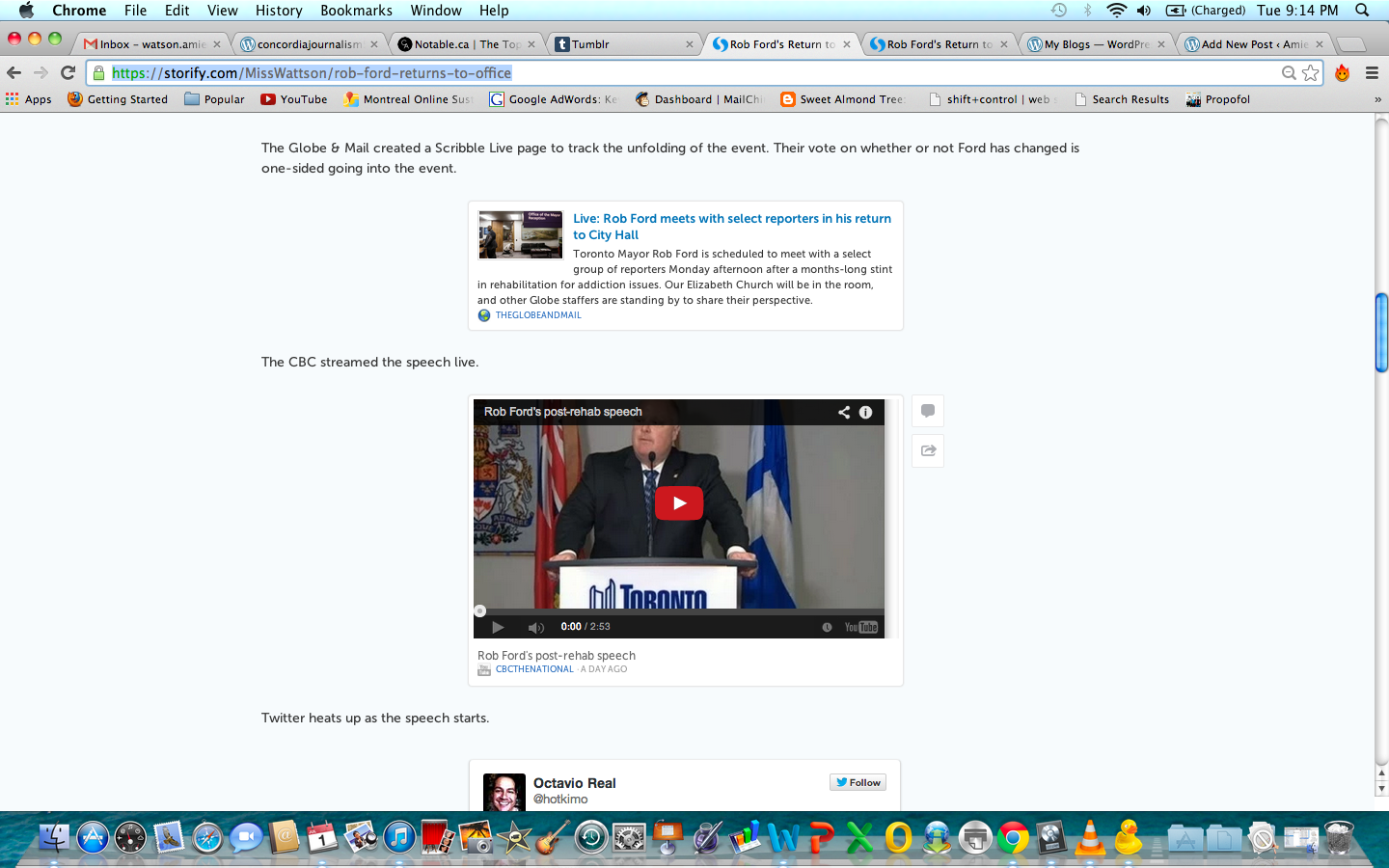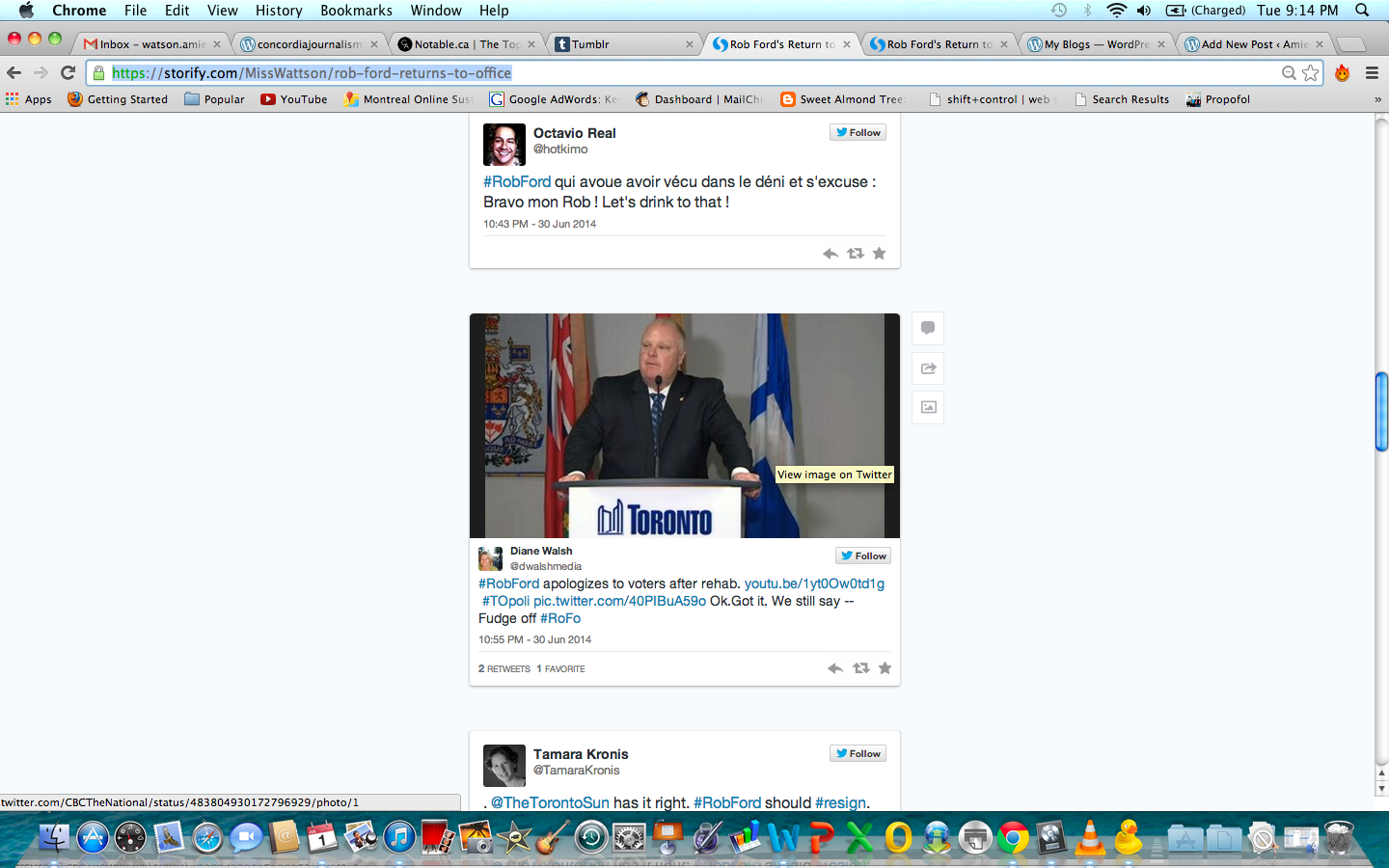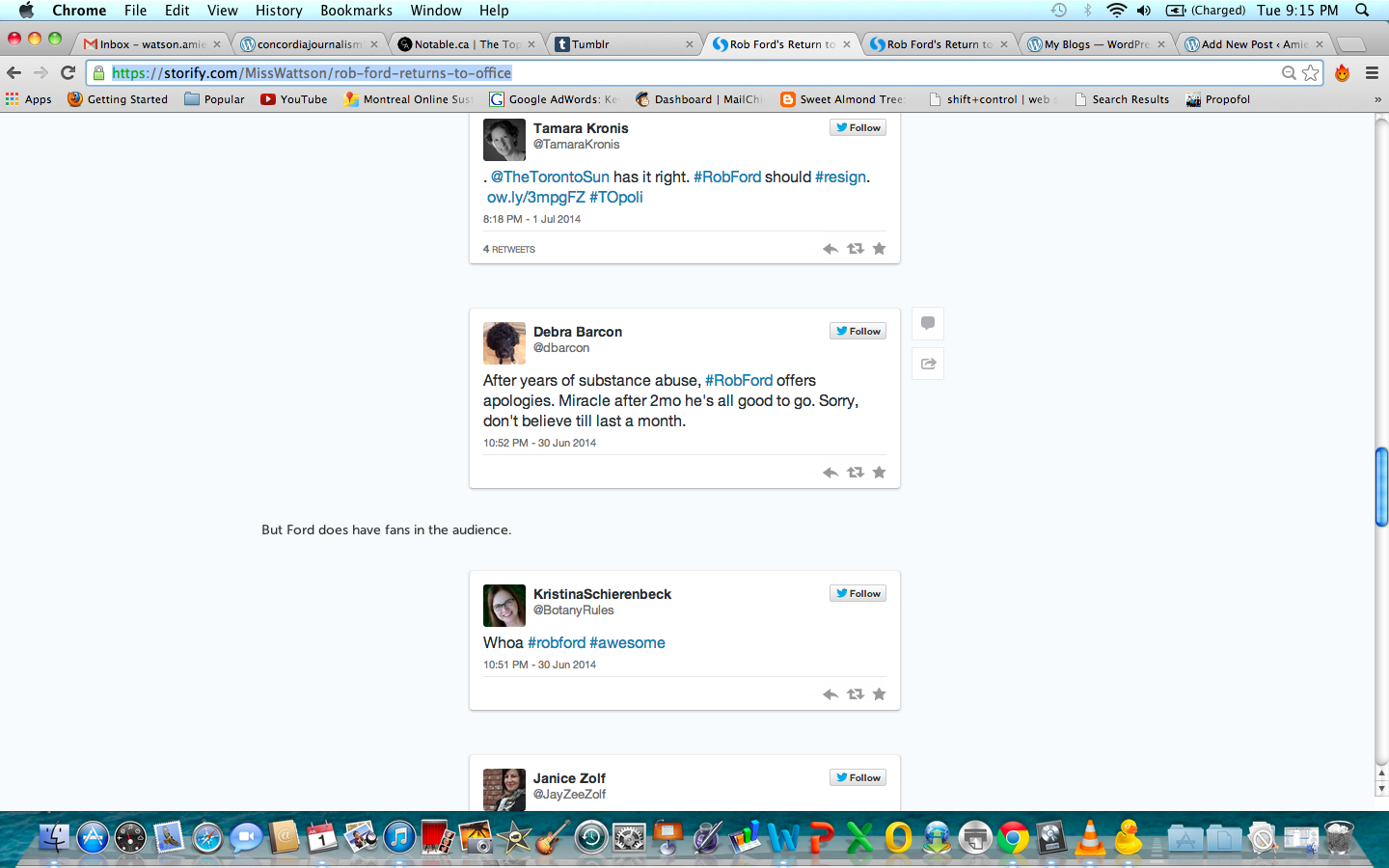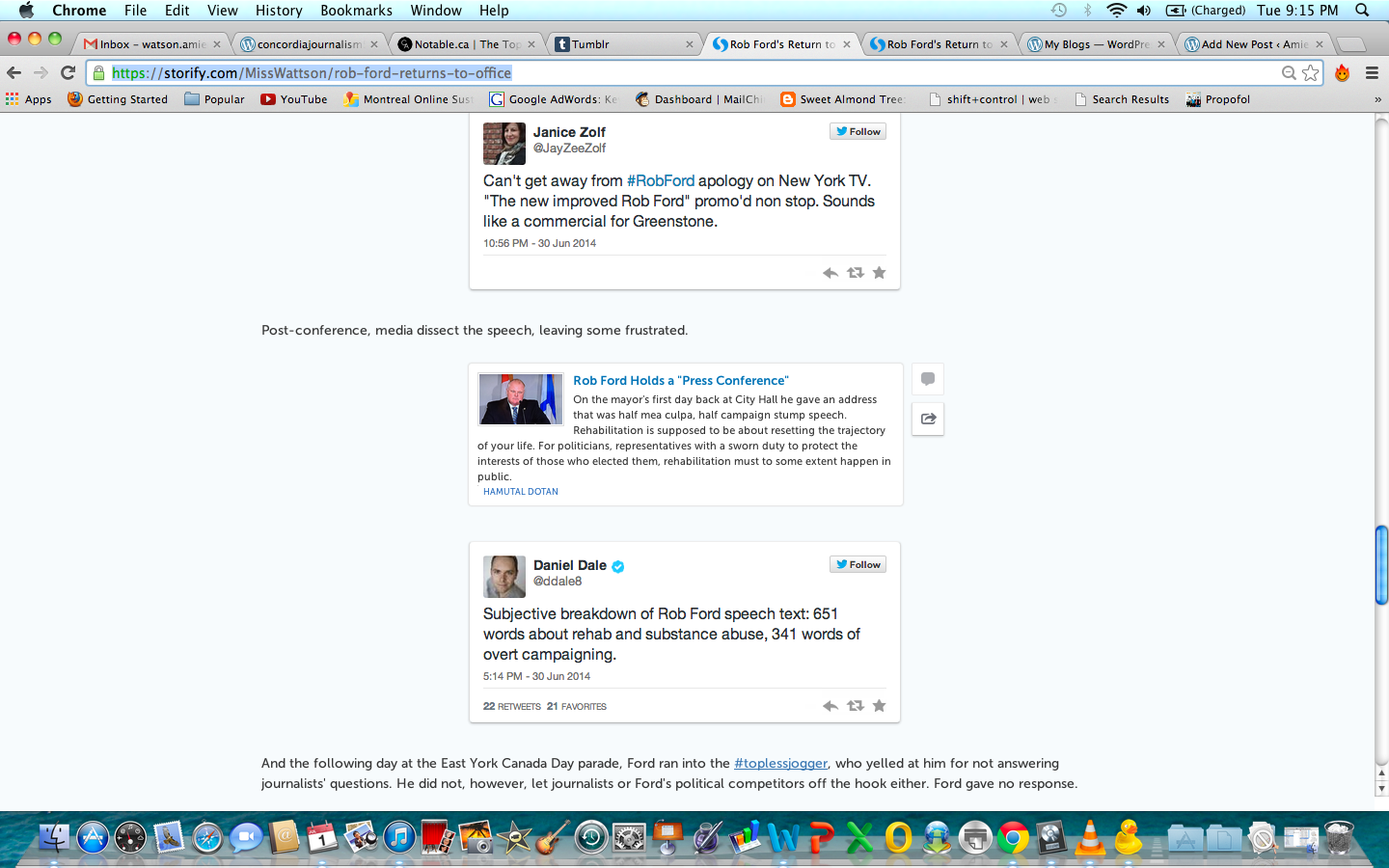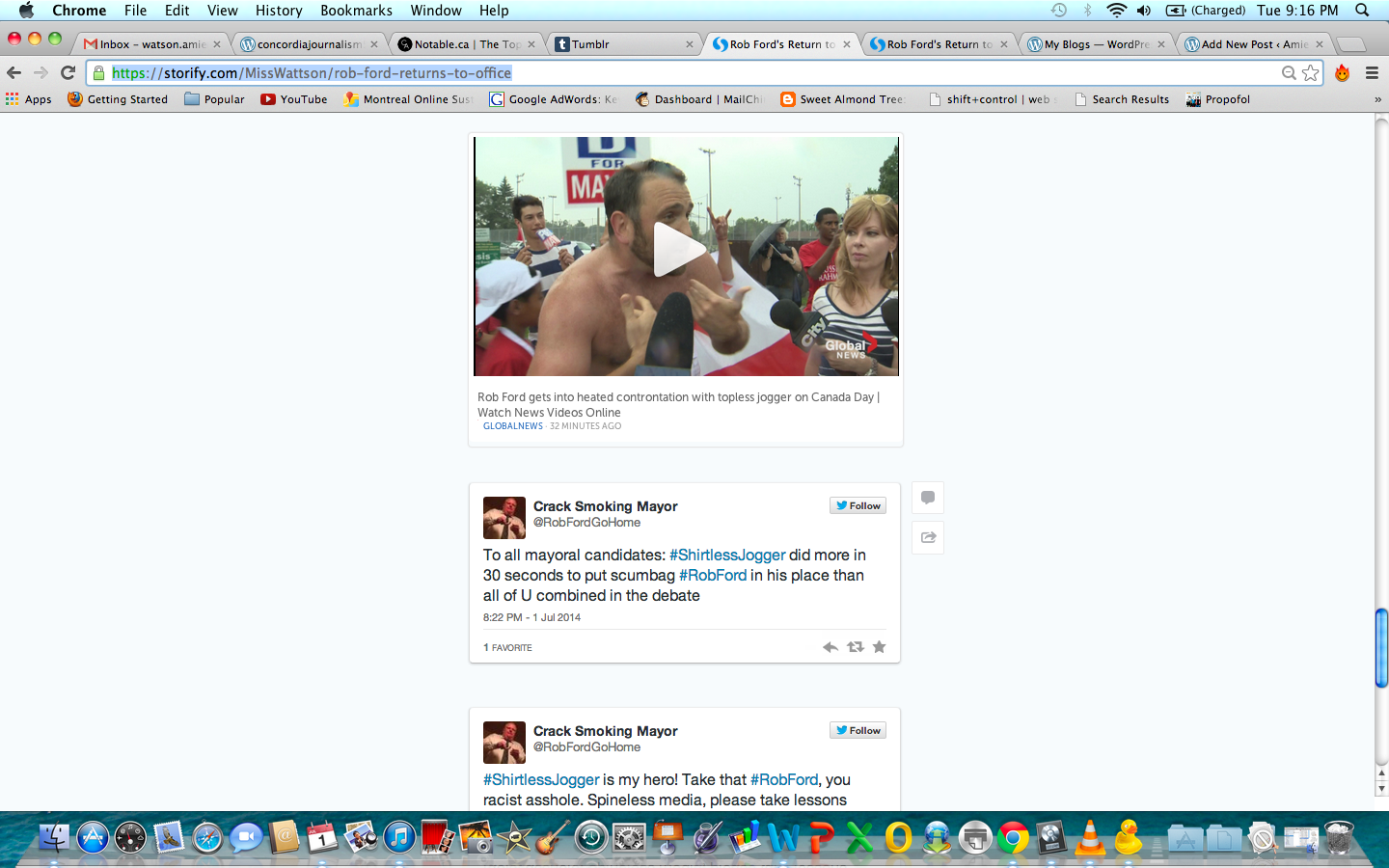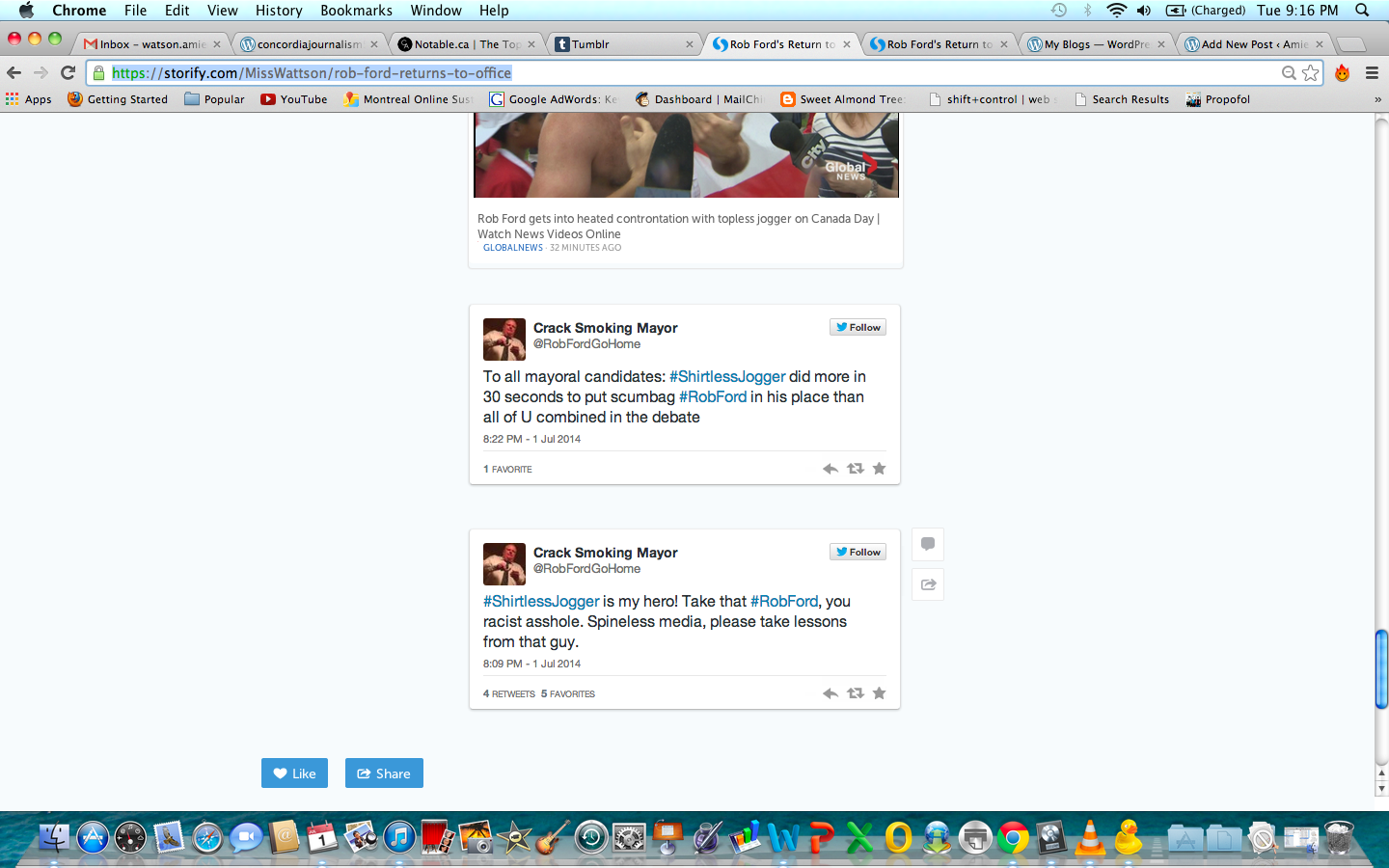It was really nice of you, Microsoft, to make the lives of journalists easier. We know that’s what you were thinking when you created the Data tab on Excel spreadsheets.
All so we could calculate crime rates, left-handed people and America’s favourite brand names grouped according to state and then crunch them into fun info-graphics suitable for the front page of newspapers, websites, and best-selling social economics books that inspired one of my favourite podcasts.
Excel isn’t that scary. I was the kid who loved quadratic equations in highschool, but my accountant does magical things with Excel that I never understood until this week. And if someone had told me that I could take take all the information on restaurant health inspections in Toronto, make friends with IT people, and turn it into a handy map, I’d have felt extra good about telling friends to lay off the fish tacos at Rancho Relaxo on College Street.
The More Serious and Far-Reaching Implications of Data Journalism
Ex: You need a statistic that’s not listed on an official document. But you know it’d be simple enough to calculate for a large batch of data using one little equation. In this case, Excel is god.
Data journalism is important the same way any kind of investigative journalism is important. It creates awareness. But instead of having readers lost in words, it gives the bare truth of facts and figures, often packed into graphics that make the information more understandable: federal justice, provincial and municipal convictions per capita, important statistics for disease awareness and potential future funding, and the effectiveness of social programs and organizations measured in ways that pull readers heartstrings, causing unforeseen chain reactions.
Such as?
The best feeling as a journalist is knowing you made a difference in someone’s life, whether that’s by getting an article in the National Post that causes thousands of dollars worth of sales for an artisanal fruitcake baker (I didn’t make the graphic, but my editor did a beautiful job), or millions in donations for an NGO (some day, I hope).
So in those cases, I love the little arrow in the bottom right corner of an Excel cell that lets your calculation be copied down an entire column in an instant rather than painstakingly doing each one by hand.
And I love Microsoft. Just this once.
And I now have the utmost respect for the data journalists who sit and crunch and come up with something interesting.

